Jasper S. Halekas - University of Iowa
My long form
CV.
Also see my
Google Scholar Page.
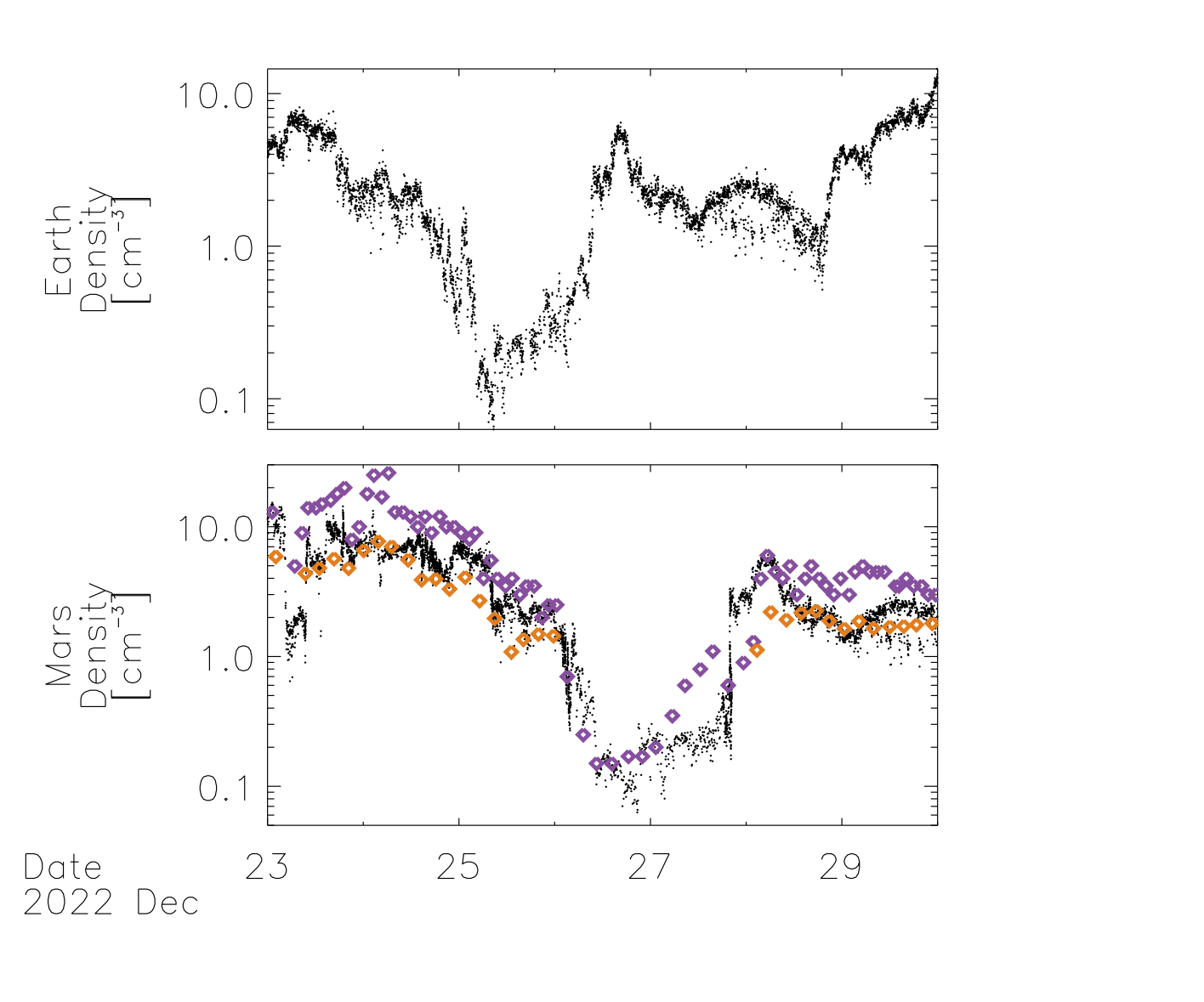
This recent
article
describes MAVEN observations of "The Day the Solar Wind Disappeared at
Mars".
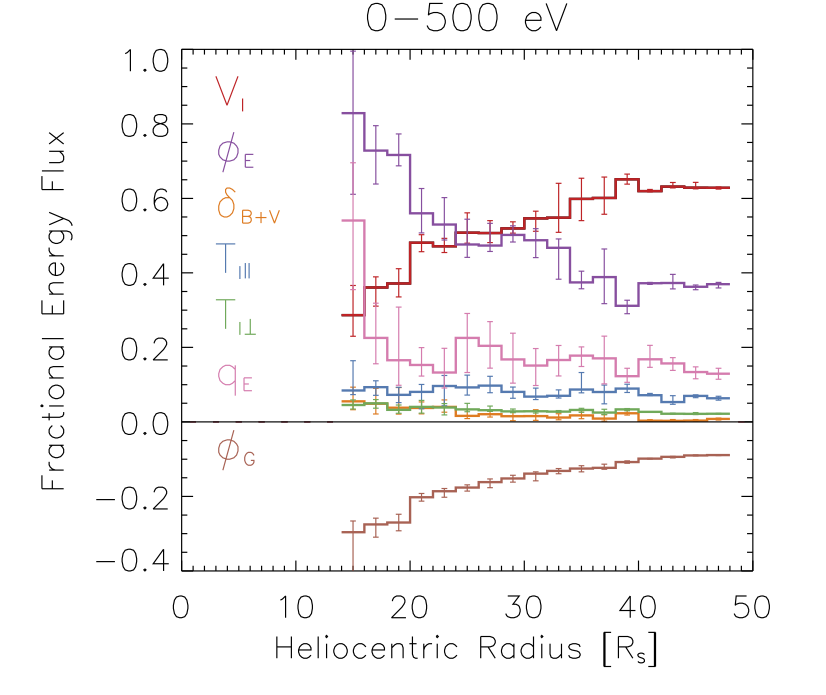
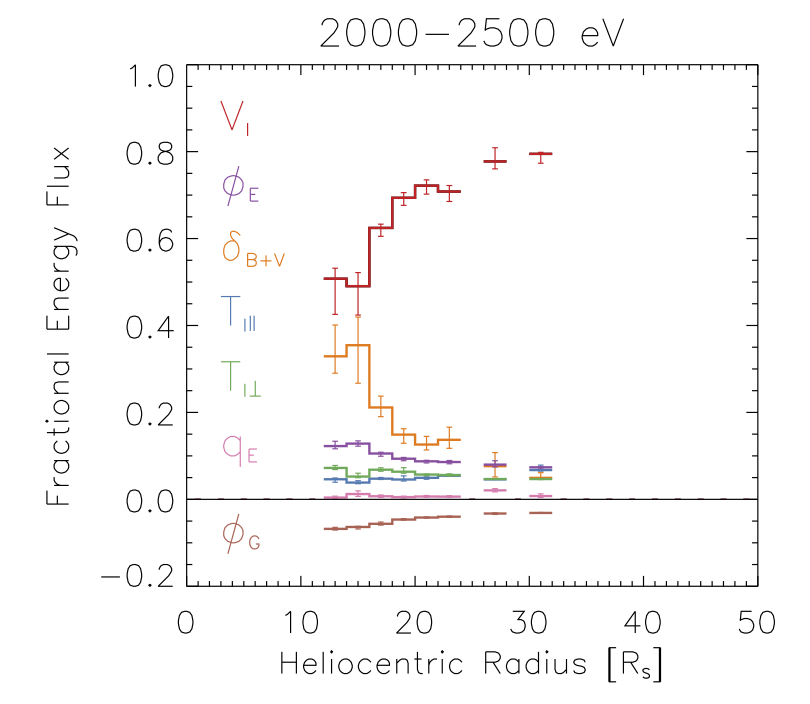
This recent
article
describes Parker Solar Probe measurements of the energy budget of the
solar wind and the relative influence of the Sun's electric field and
plasma waves on the solar wind's acceleration.
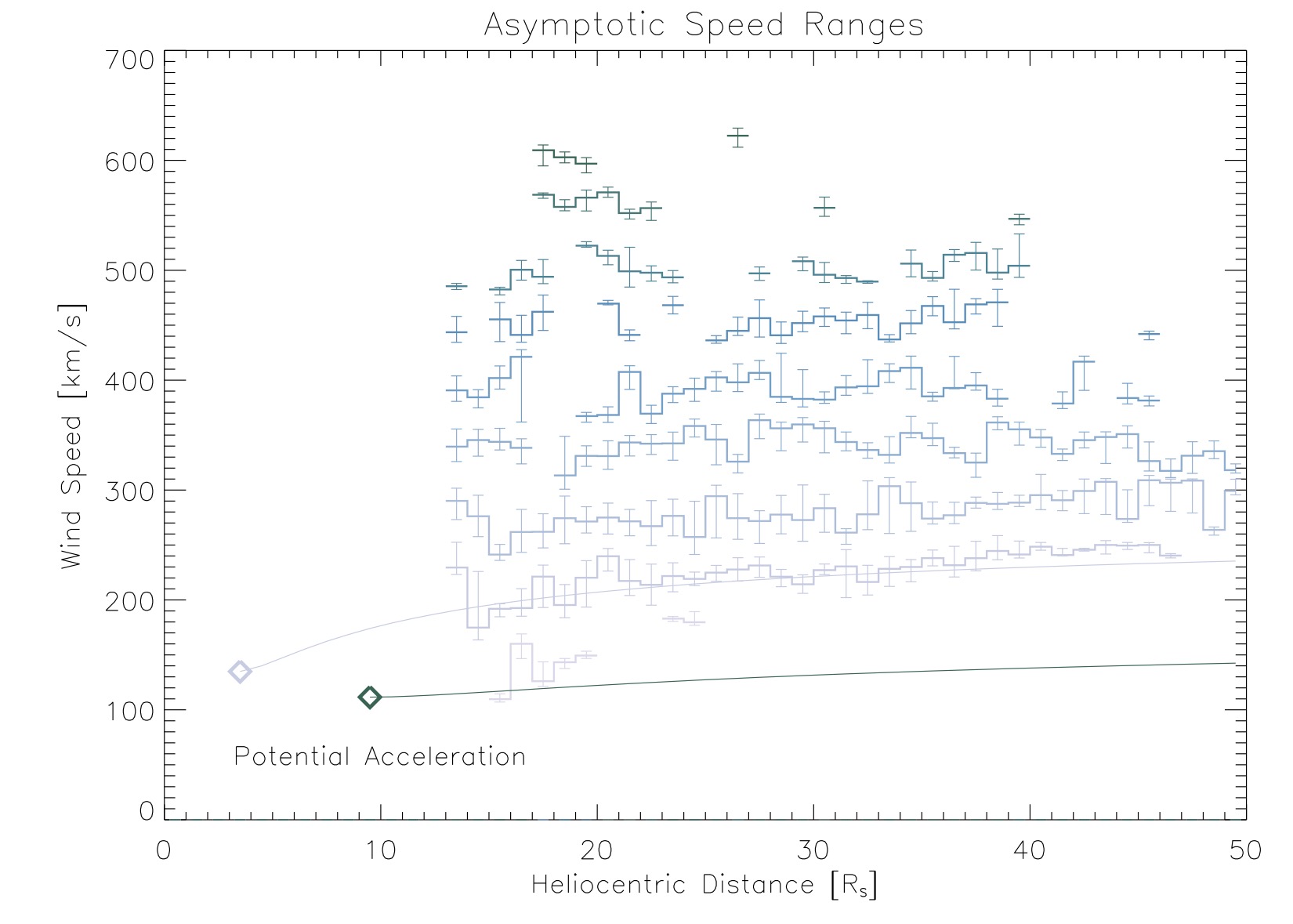
This recent
article
describes Parker Solar Probe measurements of the radial evolution of the
solar wind and the influence of the
Sun's electric field on the wind's acceleration.
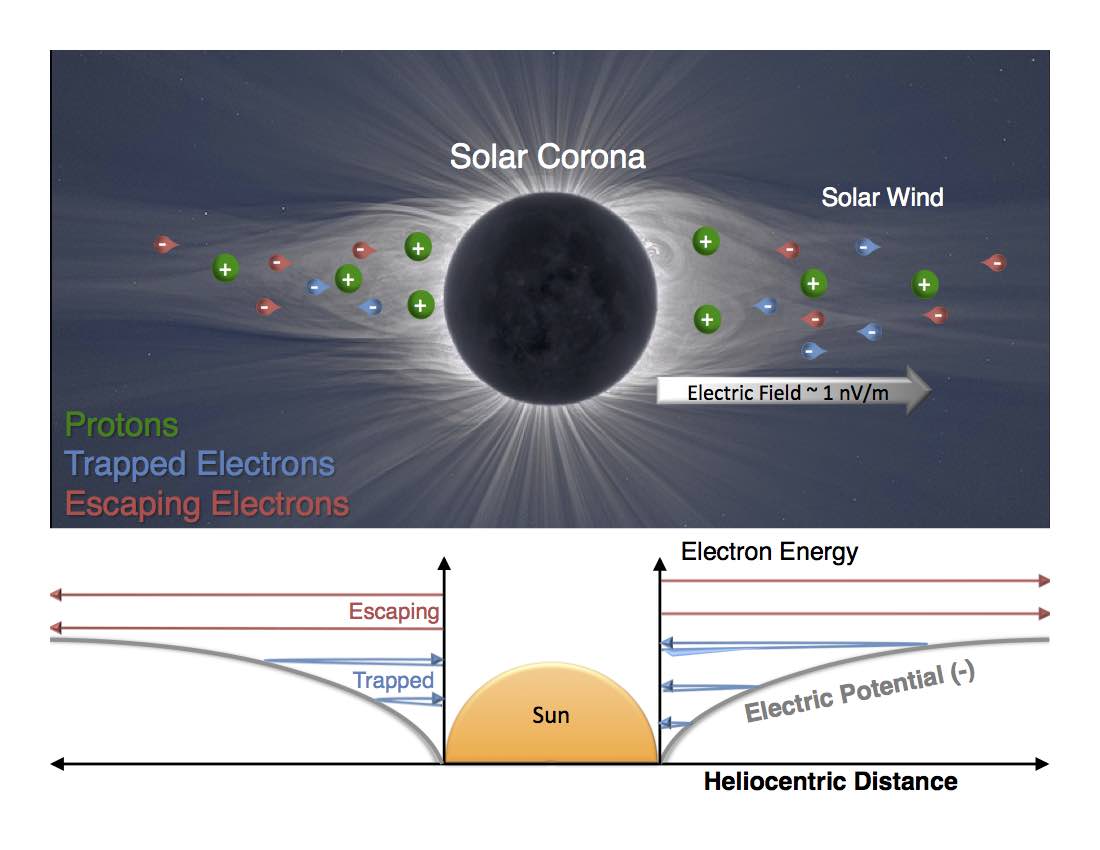
This
paper
describes measurements of a unique feature in the electron distributions
only observable near the Sun, which allows us to determine the electric
potential of the solar wind.

This
paper describes the first
measurements of electron heat flux in the innner
heliosphere by Parker Solar Probe. We find that the electron heat flux is regulated, most likely by collisionless
plasma instabilities.
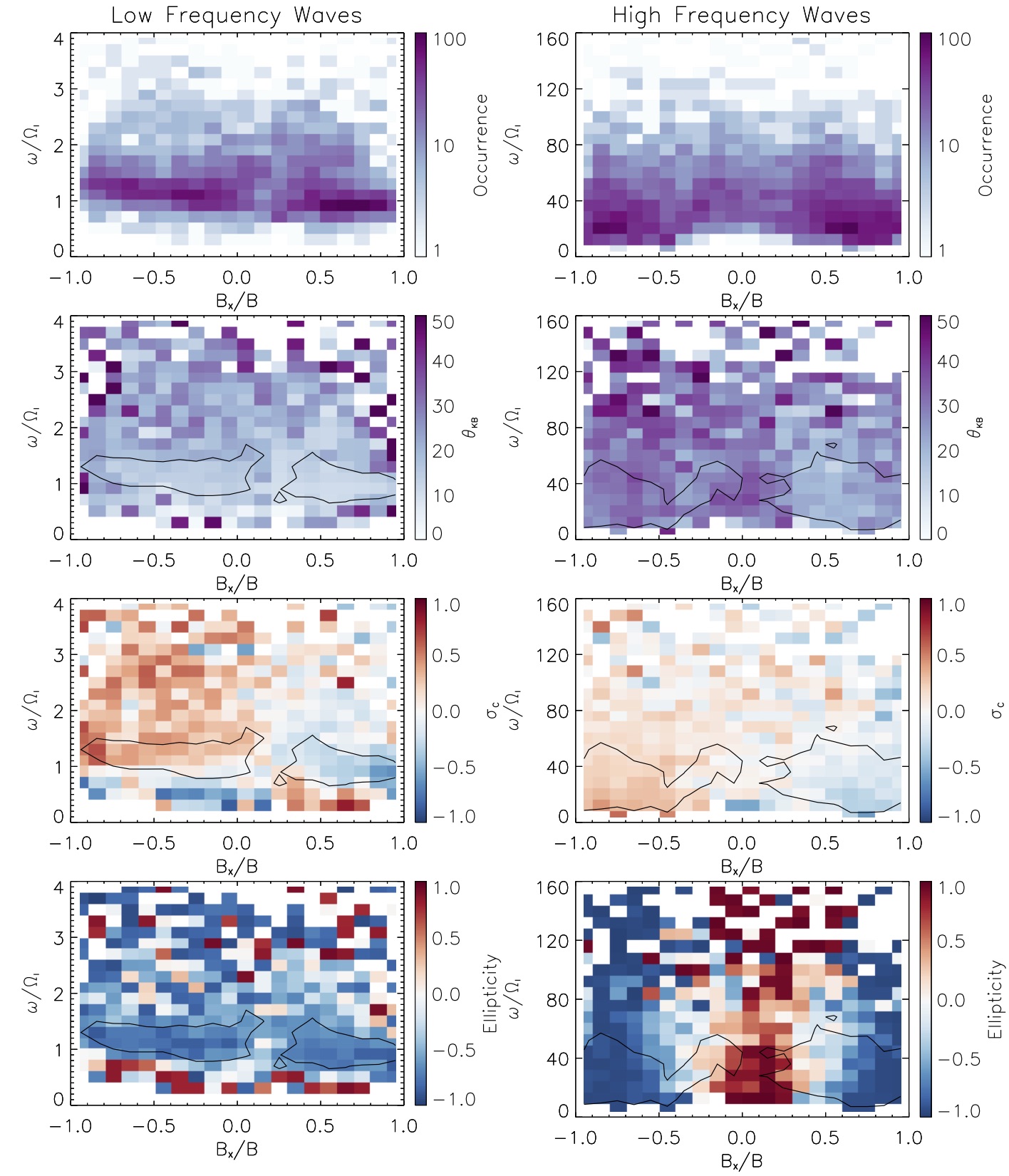
This
paper
describes an innovative technique to obtain correlations between charged
particle and electromagnetic field data at higher time resolutions than
the intrinsic cadence of the charged particle measurements.
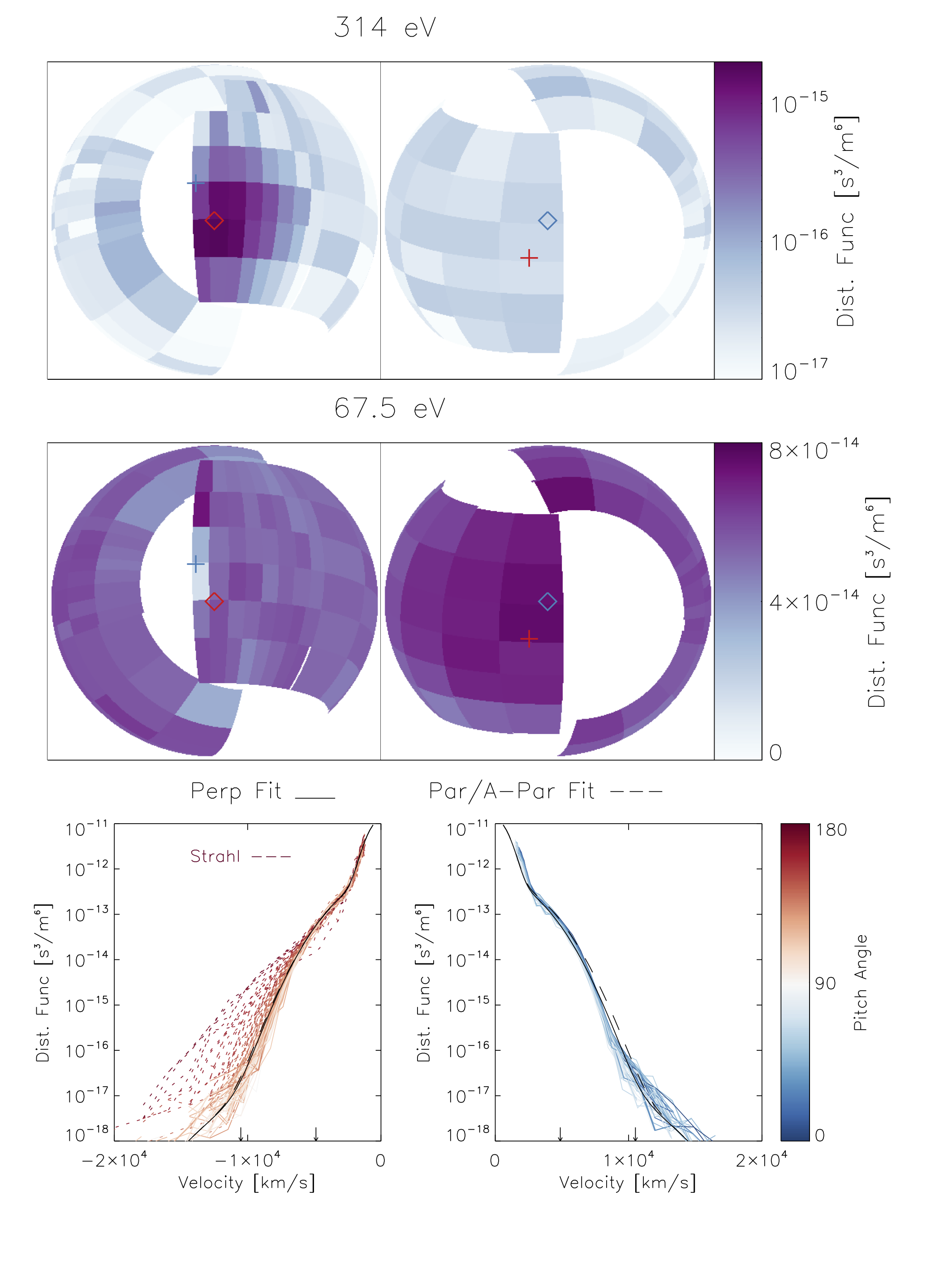
This
paper
describes our first results from the SWEAP SPAN-Electron sensors on
Parker Solar Probe.
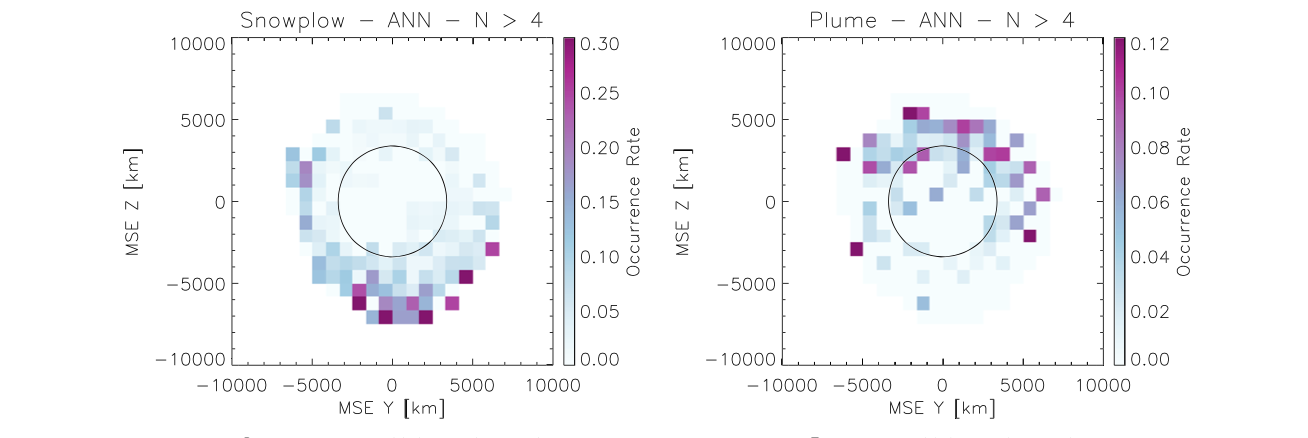
This
paper
investigated the structure of the ion composition boundary layer and the
plasma instabilities that take place in this region. We identified two
distinct classes of instability that occur on opposite flanks of the
Martian magnetosphere.
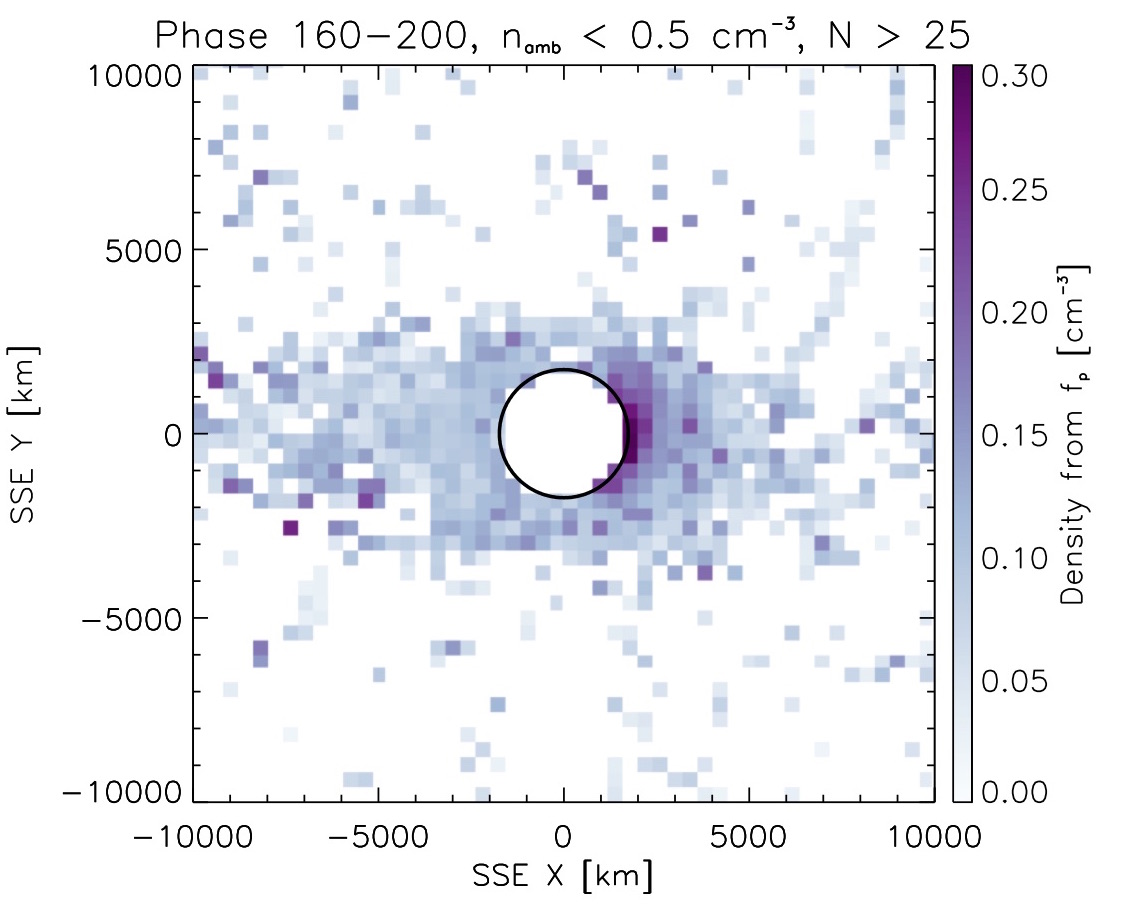
This
paper
utilizes ARTEMIS measurements of plasma frequency oscillations to probe
the tenuous lunar ionosphere present when the Moon traverses the Earth's
magnetospheric tail.
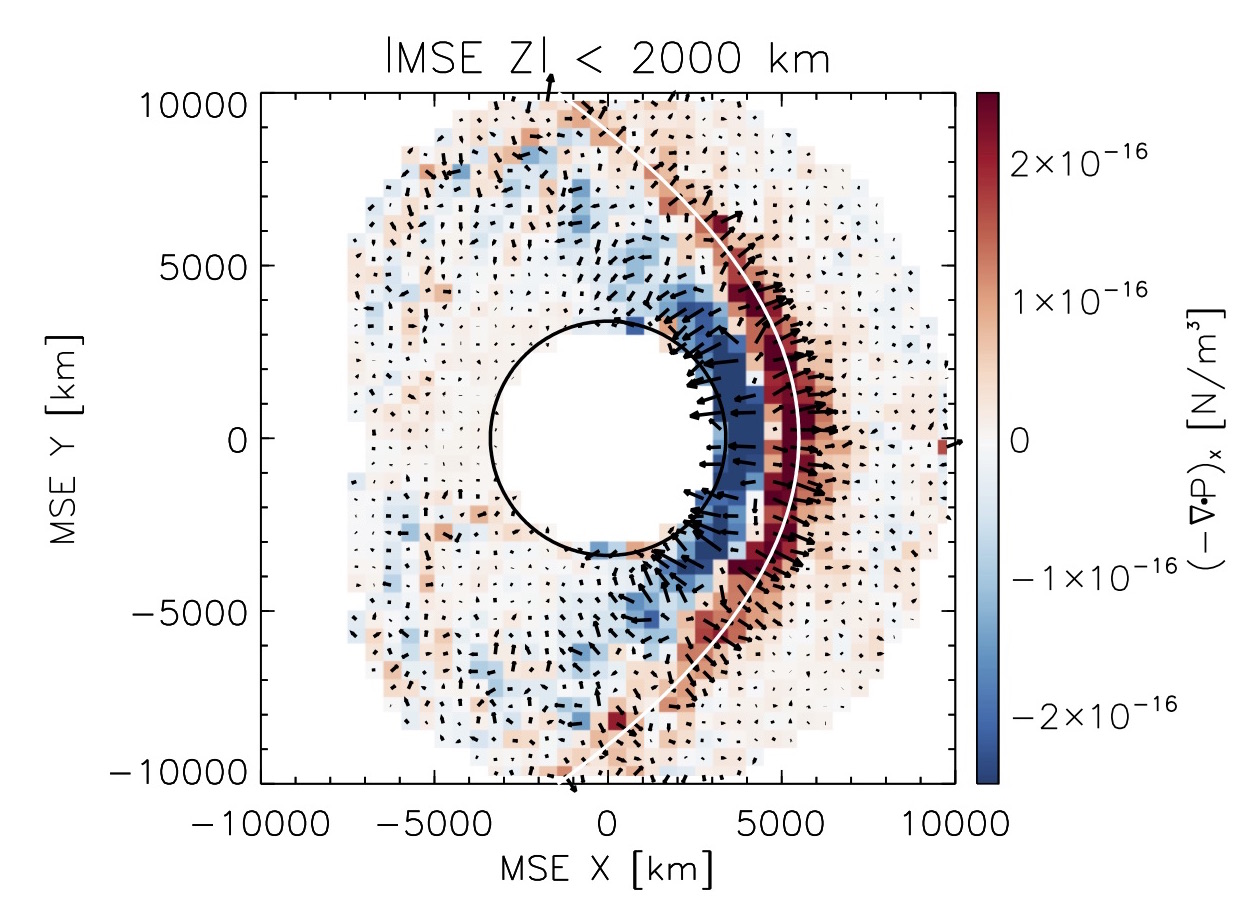
This
paper
utilizes MAVEN observations to reveal the global structure of the Martian
magnetosphere under different solar wind conditions, including the primary
force terms in the momentum equation. This paper received an
Editor's
Highlight in Eos.
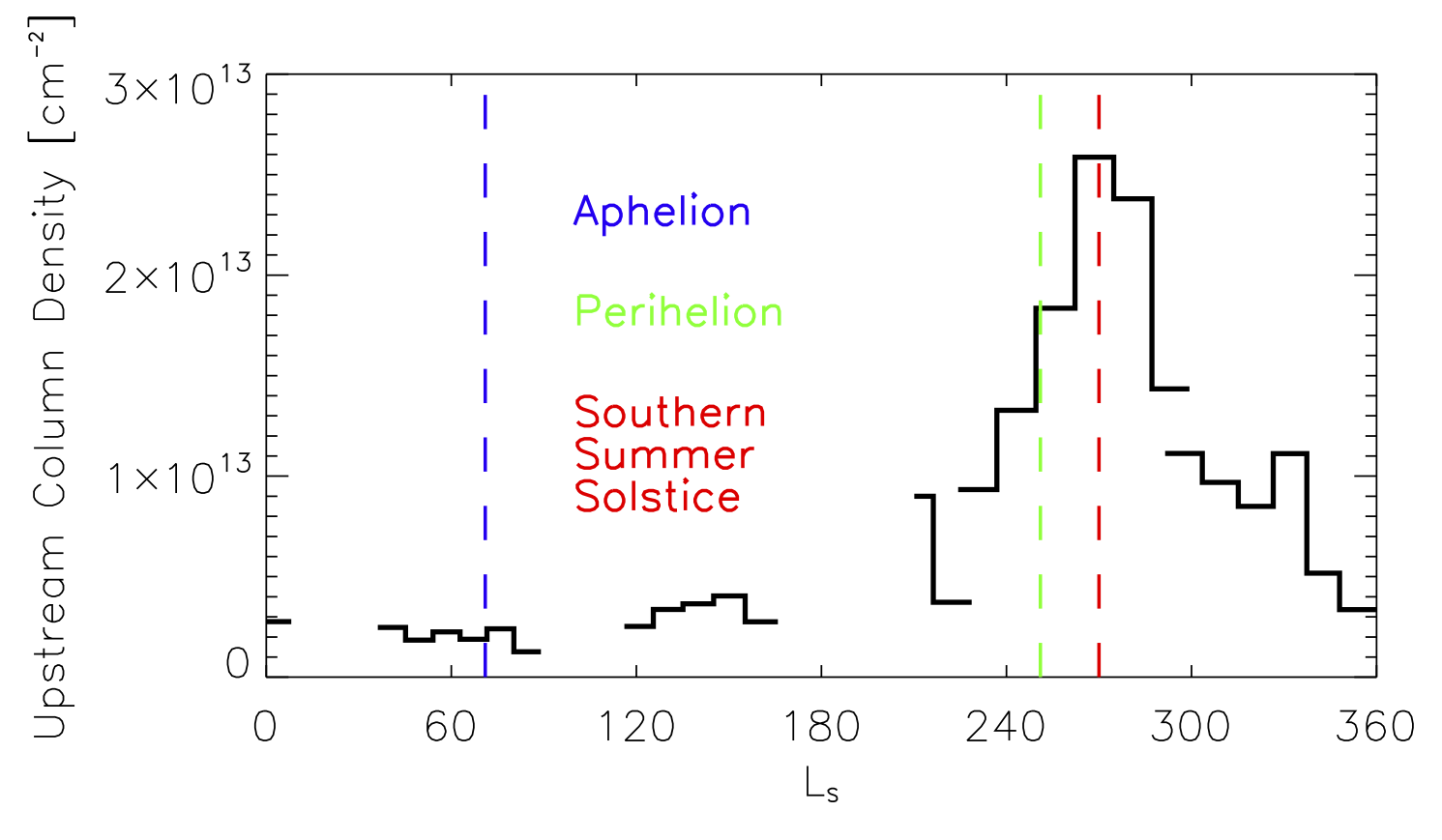
This
paper
describes unique new observations from MAVEN which show that the hydrogen
exosphere of Mars varies by an order of magnitude over the Martian year,
with a peak near southern summer solstice.
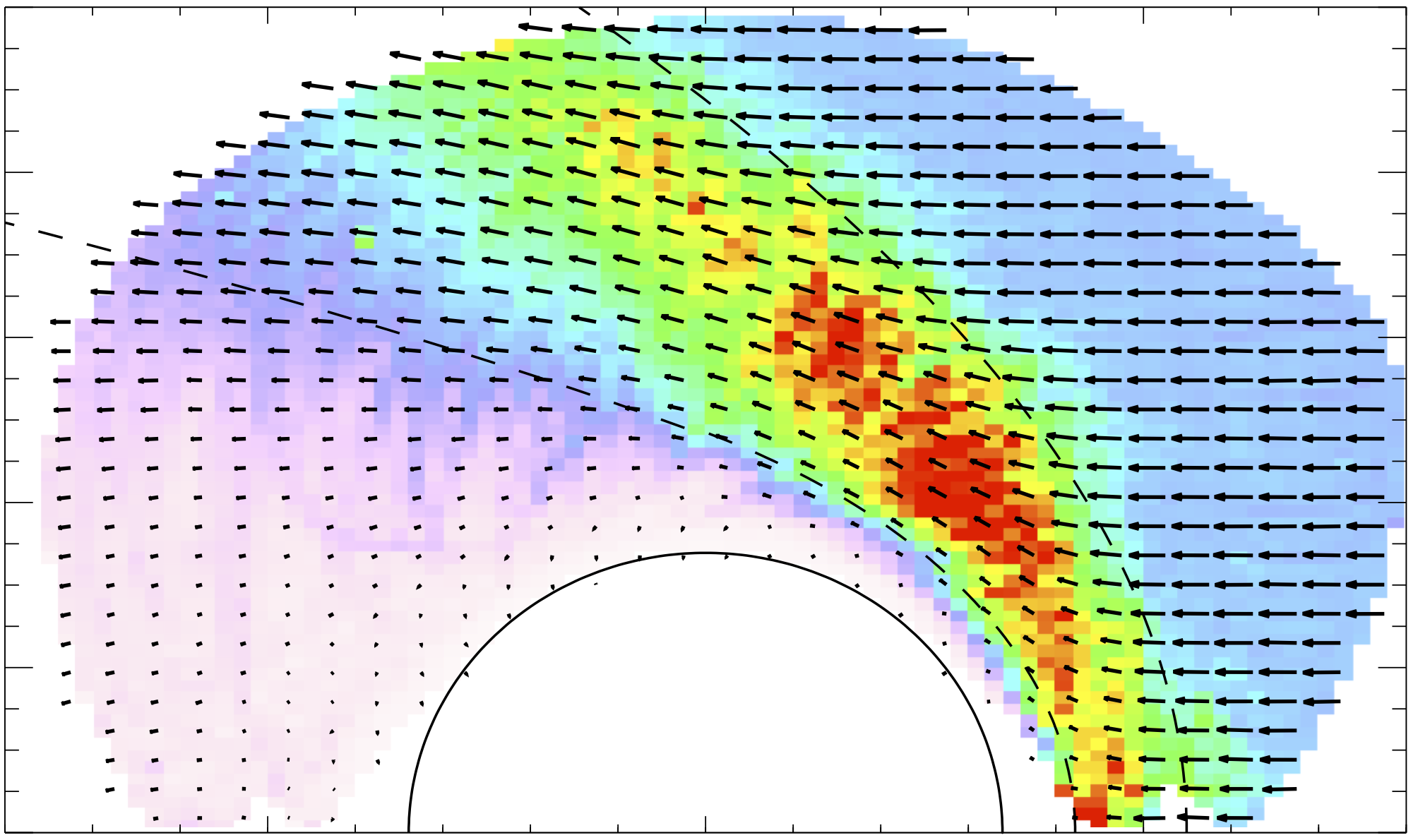
This
paper
describes the inflight performance and first results from the Solar Wind
Ion Analyzer, the instrument I lead for the MAVEN mission. Some of the new
results include a global overview of magnetospheric structure and
variabiliy, and some of the first measurements of Alfven waves and
foreshock dynamics at Mars.
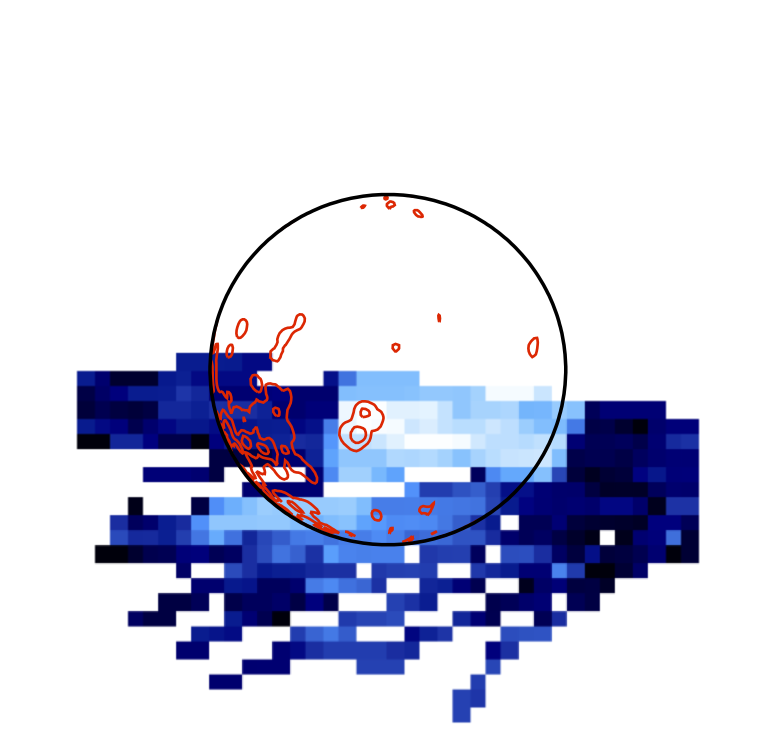
This
paper
describes a new method for analyzing pickup ion observations,
which
allows
us to constrain atmospheric composition by timing the delay in the
response of pickup ions to the passage of
magnetic field discontinuities. Our results suggest a surprisingly large
contribution from heavy exospheric species.
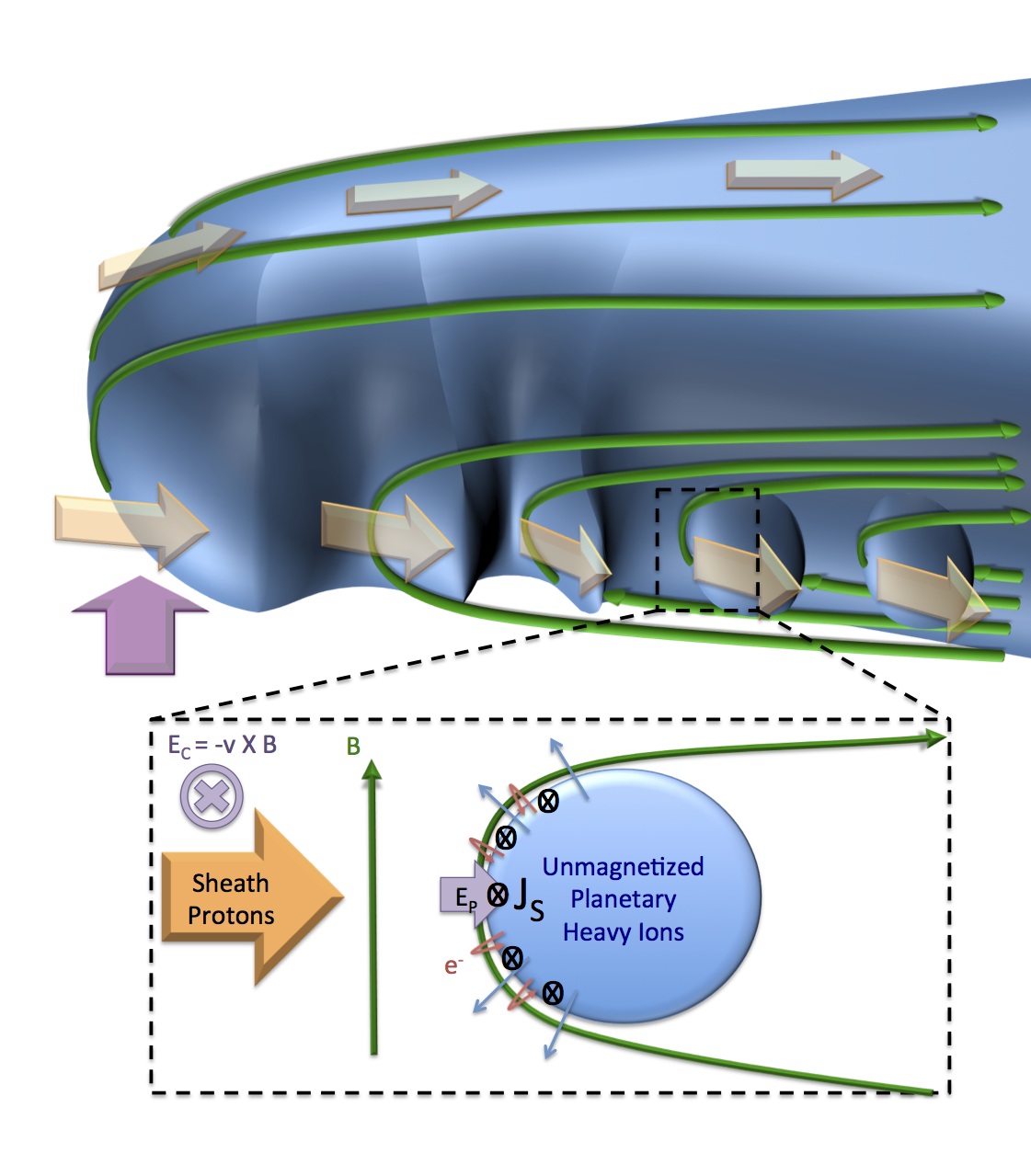
This
paper
in GRL discusses MAVEN observations of bulk escape of plasma from Mars in
the form of coherent
"clouds" that are stripped away from Mars by the solar wind.

I was third author of and led the charged particle investigation described
in one of our four initial
Science
papers from MAVEN, which presented the exciting results from our
subsolar deep
dip campaign, where we measured the structure and dynamics of a region of
the upper atmosphere never
previously visited.
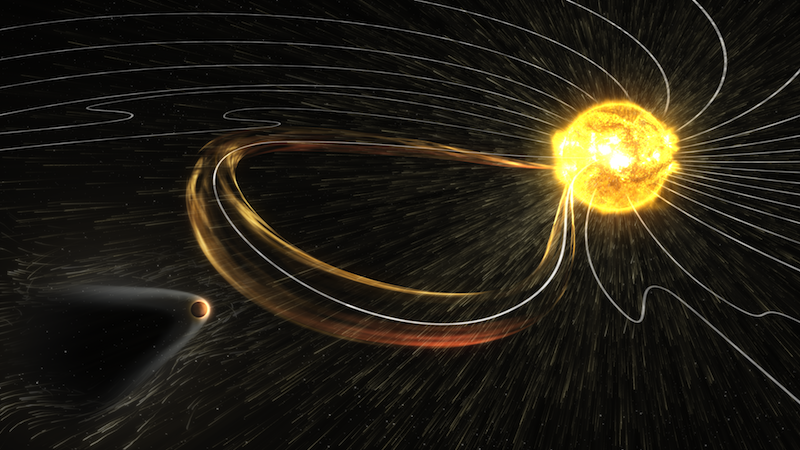
I was heavily involved in one of our four initial
Science
papers from MAVEN, describing the impact of a significant space
weather event on
the magnetosphere of Mars.
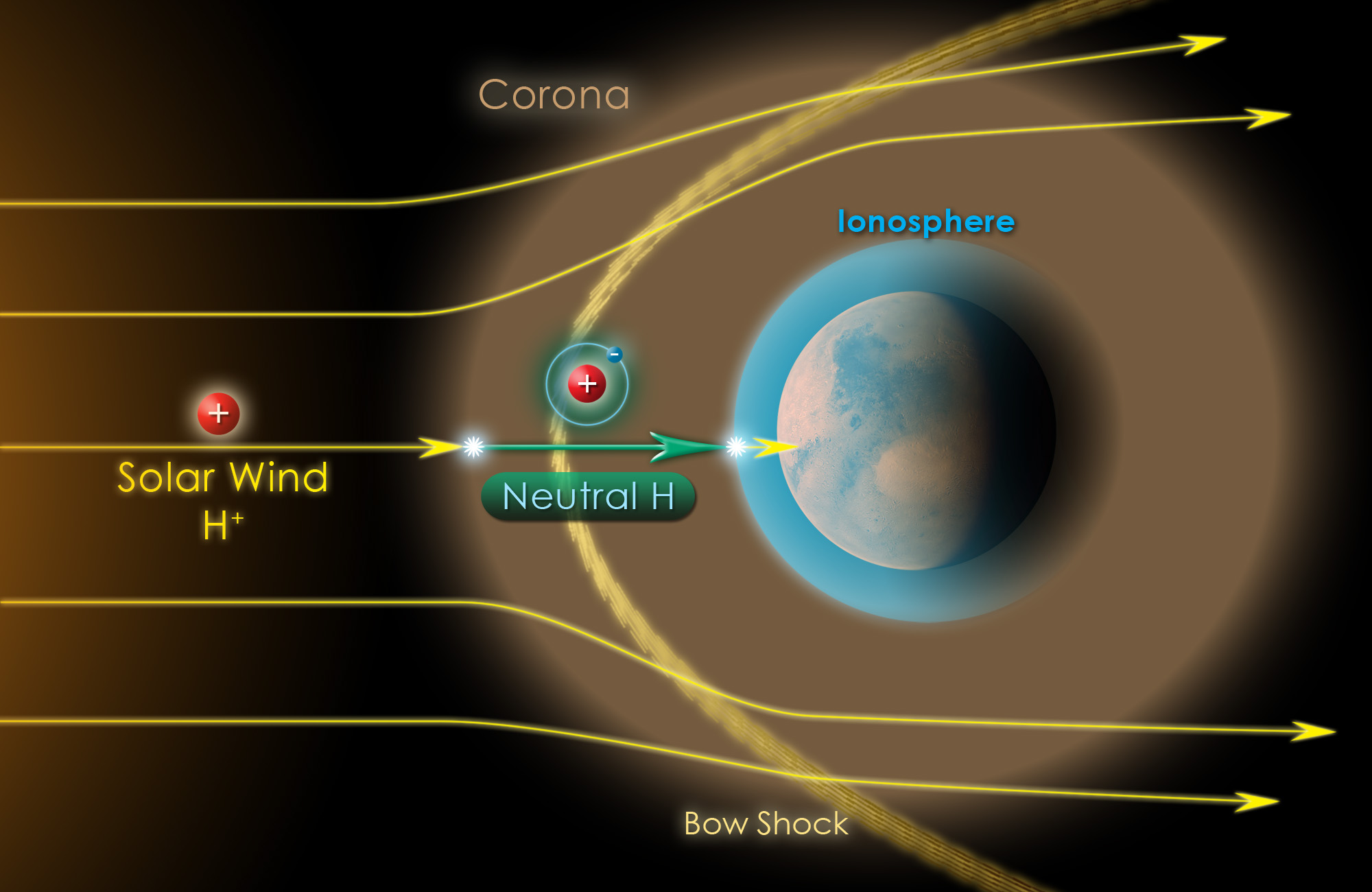
Our MAVEN first results include a
paper
that I led describing the deposition of solar wind hydrogen in the Martian
atmosphere. This hydrogen undergoes a charge exchange with the corona,
penetrates the magnetosphere as an energetic neutral atom, and then
undergoes electron stripping or electron attachment to convert to H+ or H-
that we can observe with MAVEN.
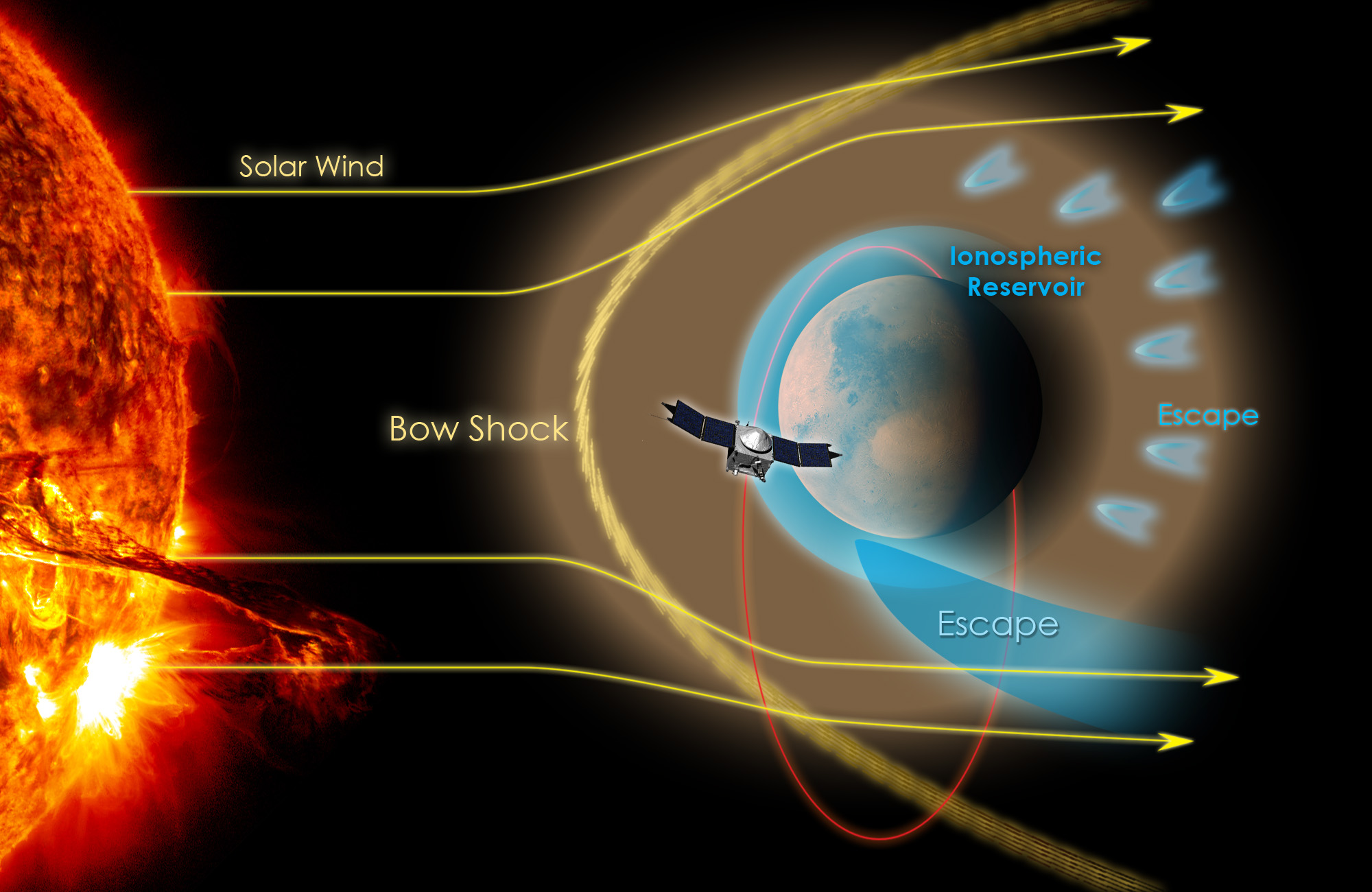
Our MAVEN first results include a
paper
that I led describing the first observation of time-dispersed ion
signatures at Mars. These appear to be created by pickup of heavy
Martian ions in
time variable electric fields.
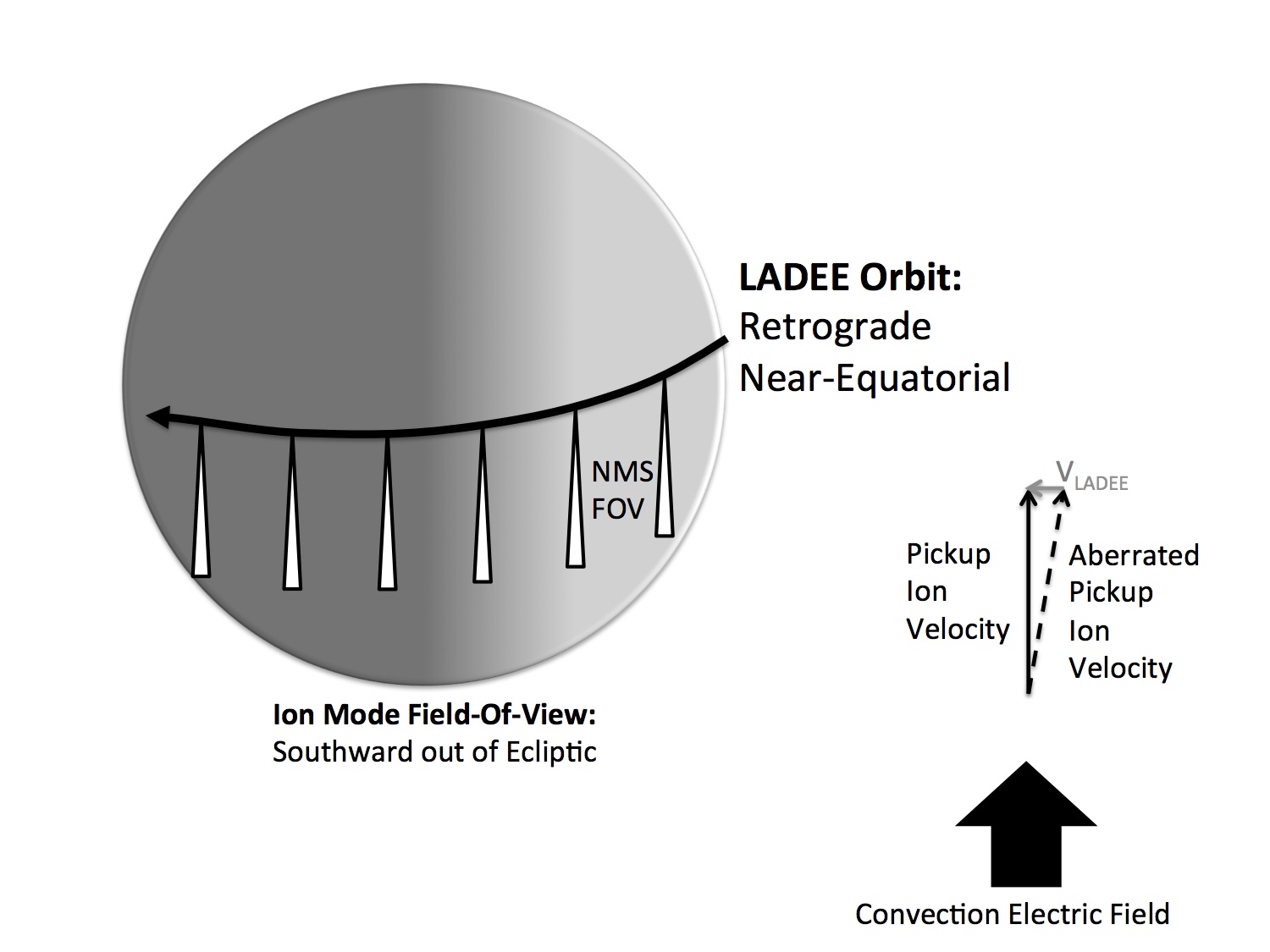
A
paper
describing LADEE NMS ion-mode observations of newly born ions from the
tenuous lunar exosphere. These new data show that the lunar exosphere
contains an unexpected population of carbon-bearing particles, apparently
originating from either solar wind or micrometeorite bombardment.
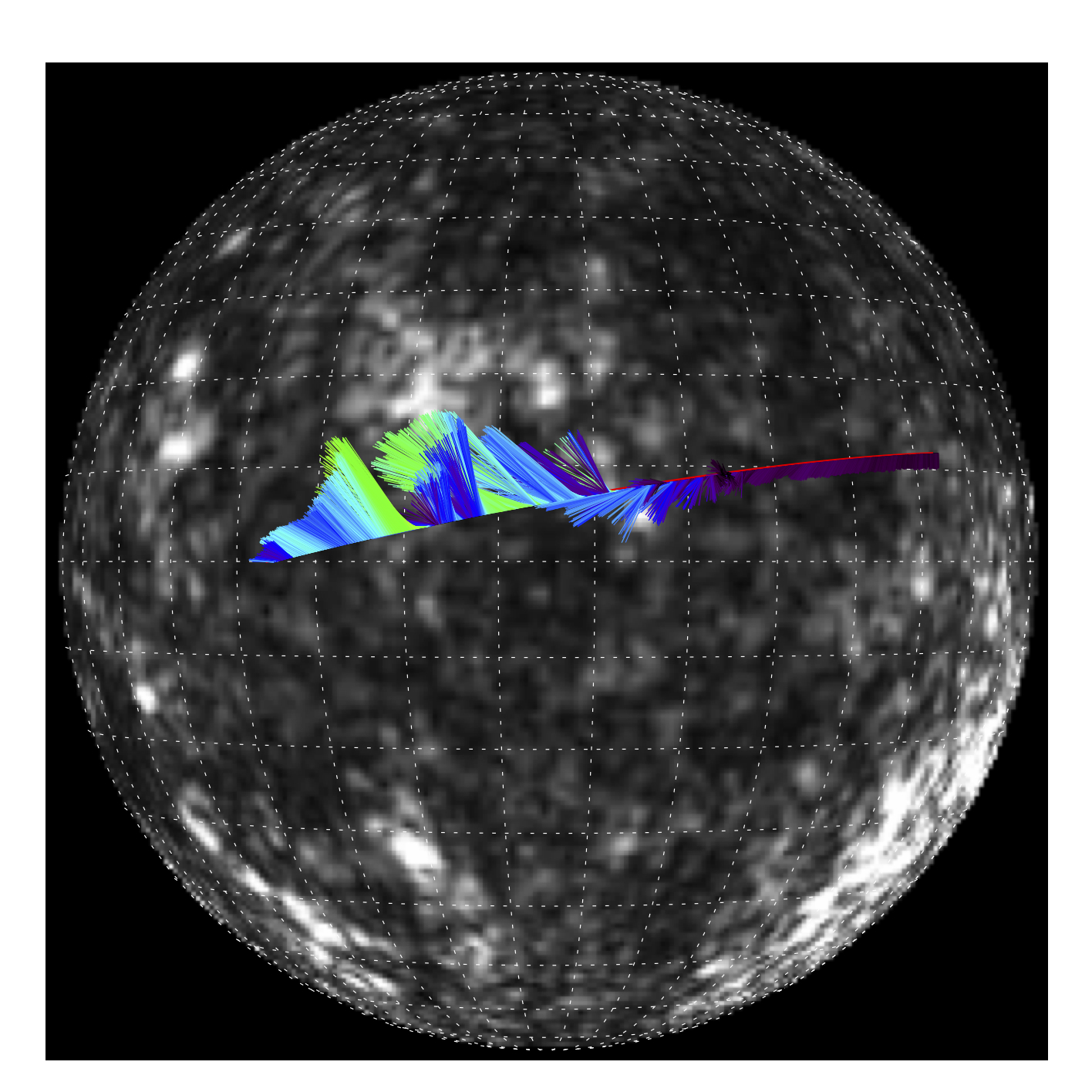
A
paper from 2014
describing the latest ARTEMIS observations of small-scale
collisionless shocks generated by solar wind reflection from lunar
magnetic fields. This paper provides the strongest evidence to date that
shocks actually do form at the Moon, and suggests that these may be some
of the smallest collisionless shocks in the solar system, at least in
terms of plasma scales.




















